When I was a kid, my family and I lived in a building, on a busy street downtown, full of other buildings. I didn’t get the privilege of living amongst trees and woods, or gardens and fields. But, once a week, we would go to the beach, where my parents would relax from the week’s cares and my brothers and I would spend time out on the shore, playing with sand, the waves, or just about anything we could find. It was my favorite time of the week.
Perhaps this is why one of the first things that attracted me to the Charlotte Mason method was its emphasis on nature study, as the foundation of all scientific learning.
Nature Study with the Charlotte Mason Method
From a very young age, even before formal academic lessons start, Charlotte Mason recommends maximum exposure to things in creation. Children get to explore and observe plants, insects, birds, rocks, animals, and just about anything in nature. The premise is that getting firsthand experience of these things before they read about them in books forms a solid foundation for understanding scientific knowledge.
For example, because of my concrete-sheltered childhood, my first encounter with the parts of the flower came from a black and white drawing in my school textbook. But I’d never seen a gumamela (hibiscus) flower before that time!
What a difference it would have made if, by the time I’d been asked to memorize those strange names of the parts of the flower, I already had an intimate acquaintance of it, and instead learned those names as the labels for something I already knew by experience.
Nature Journal
As children observe different things in nature, they start to keep a nature journal, where they can record their observations. This can begin with simply drawing from observation, and eventually progress to adding names, labels, or other notes.
An important thing to remember is that when they draw in their nature journals, they draw from observing the object up close. This strengthens the powers of observation, and many parents report the added benefit of having the kids become better artists! (Do you know that some of the best artists in history are naturalists? The great artist Leonardo da Vinci studied birds extensively, which eventually helped him invent his flying machines, making him not just an artist but a scientist as well!)
Living Books for Science in the CM Method
In addition to nature study and nature journaling, we also use plenty of living books for our children’s science lessons.
Living books for science are not textbooks full of dry facts, nor are they twaddle books full of attractive colors just to keep them entertained: instead, they are filled with engaging stories written by someone who has firsthand experience and a passion for the plants and animals being described.
Hands-on Experiments
The foundation in nature study teaches children to be critical thinkers. Thankfully, this forms a strong base for the plenty of hands-on experiments that we encourage our children to have, to test assumptions and come to logical conclusions.
Scientific Thinking with the Charlotte Mason Philosophy
Scientific learning in the Charlotte Mason method is not simply memorizing facts in a theoretical way. Instead, it helps develop a love and respect for nature, while also cultivating an analytical mind, crucial in scientific exploration in our day and age.
